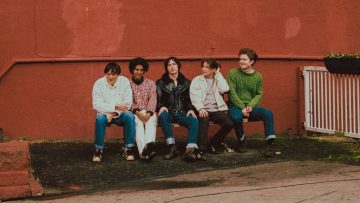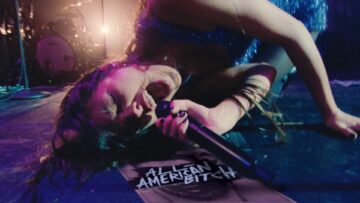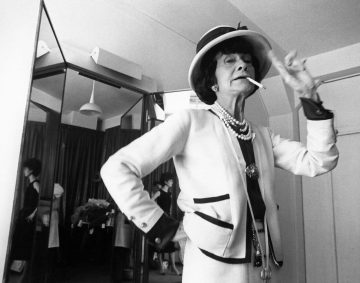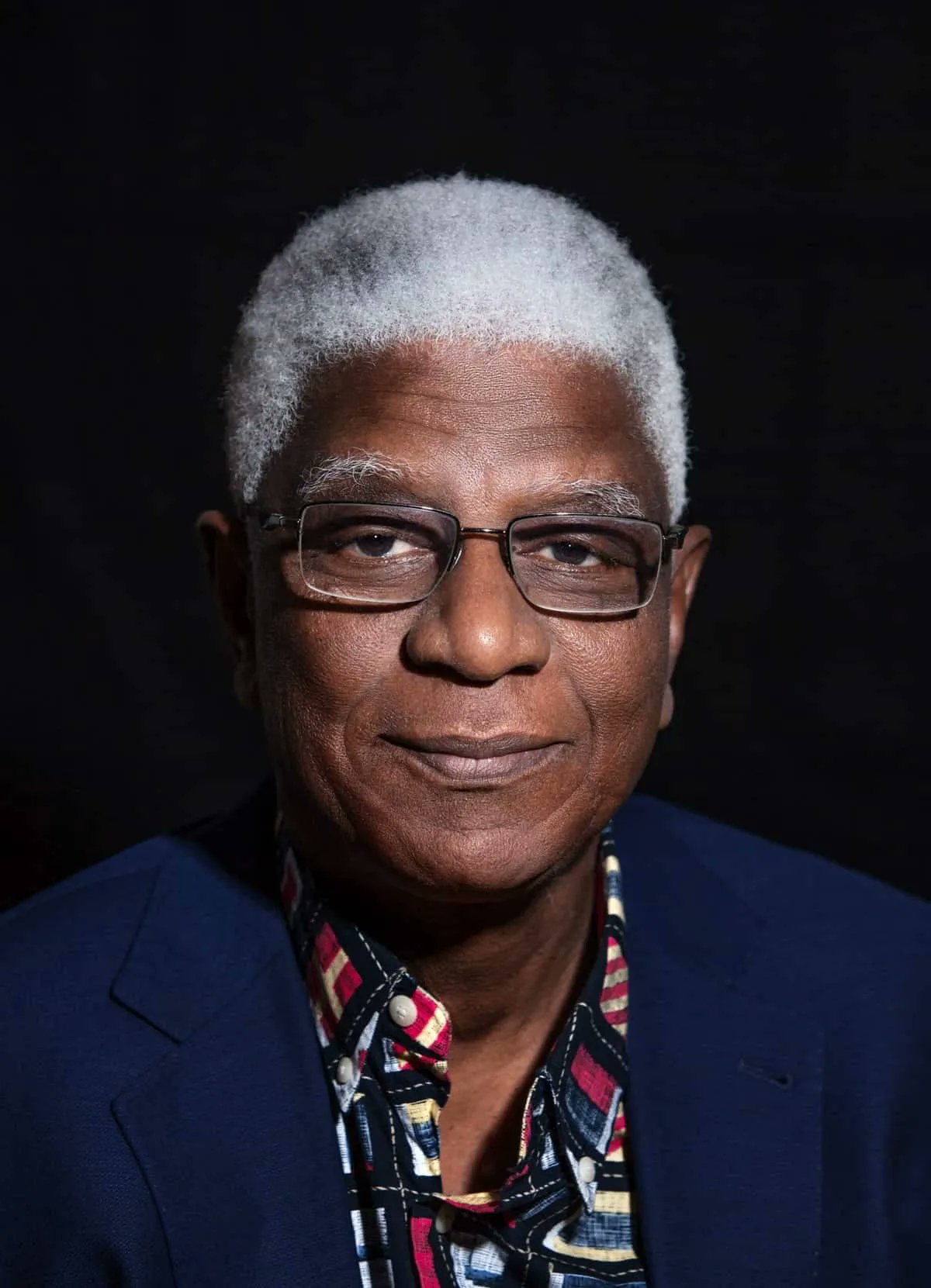
Anatsui was born in Ghana but is based in Nigeria. He is best known for his signature bottle-cap sculptures. He joins the likes of Kara Walker, Olafur Eliasson and Cecilia Vicuña (whose instalment is on display on 16 April) when he takes over in the towering hall of Tate Modern.
In the early 2000s, Anatsui’s tapestries made of flattened bottle tops became renowned. Since then, his work has been collected by institutions, including the British Museum and Paris’ Centre Pompidou. He was recognised with the Golden Lion for Lifetime Achievement award at 2015’s International Art Exhibition of the Venice Biennale.
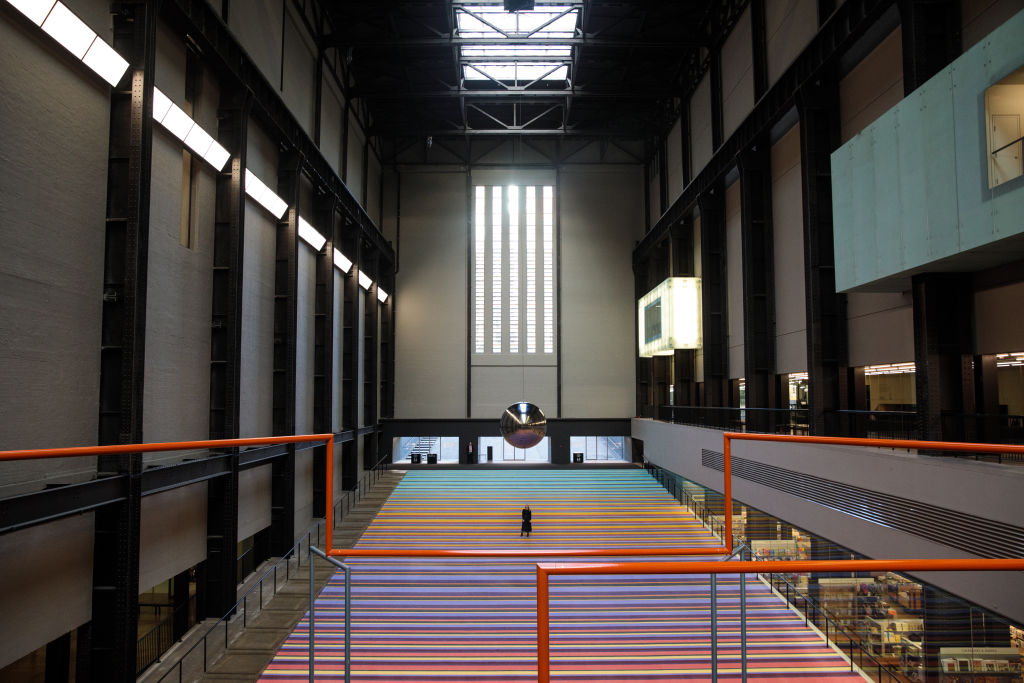
An employee poses below a pendulum, part of ‘One Two Three Swing!’ the new Turbine Hall Installation by Danish collective SUPERFLEX at the Tate Modern on October 2, 2017, in London, England. (Photo by Jack Taylor/Getty Images)
Speaking to ARTNews at the time, Anatsui said: “I saw the bottle caps as relating to the history of Africa in the sense that when the earliest group of Europeans came to trade, they brought along rum originally from the West Indies that then went to Europe and finally to Africa as three legs of the triangular trip.”
Other materials incorporated in Anatsui work include driftwood, iron nails and milk tins.
This quality was referenced in a statement by Tate announcing the latest Hyundai Commission recipient. “Repurposing found materials into dazzling works of abstract art, Anatsui’s work explores themes that include the environment, consumption and trade,” it read.
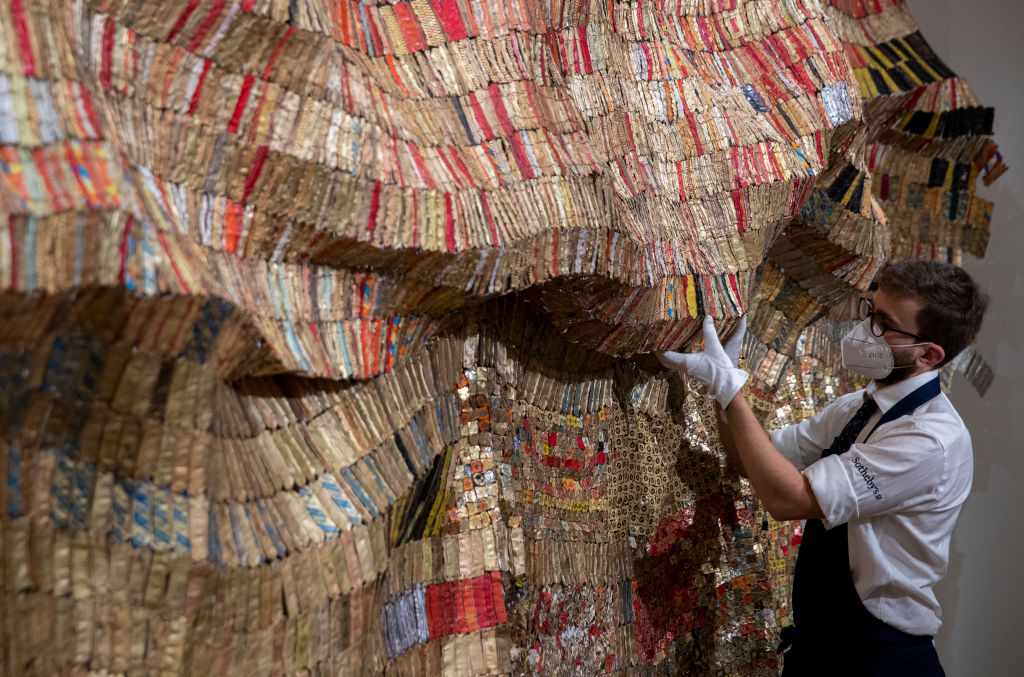
A gallery technician makes final adjustments to work titled Vumedi Estimate: 800,000 – 1,200,000 GBP by artist El Anatsui from the ‘Modern & Contemporary African Art’ exhibition ahead of Sotheby’s online auction. (Photo by John Phillips/Getty Images for Sotheby’s)
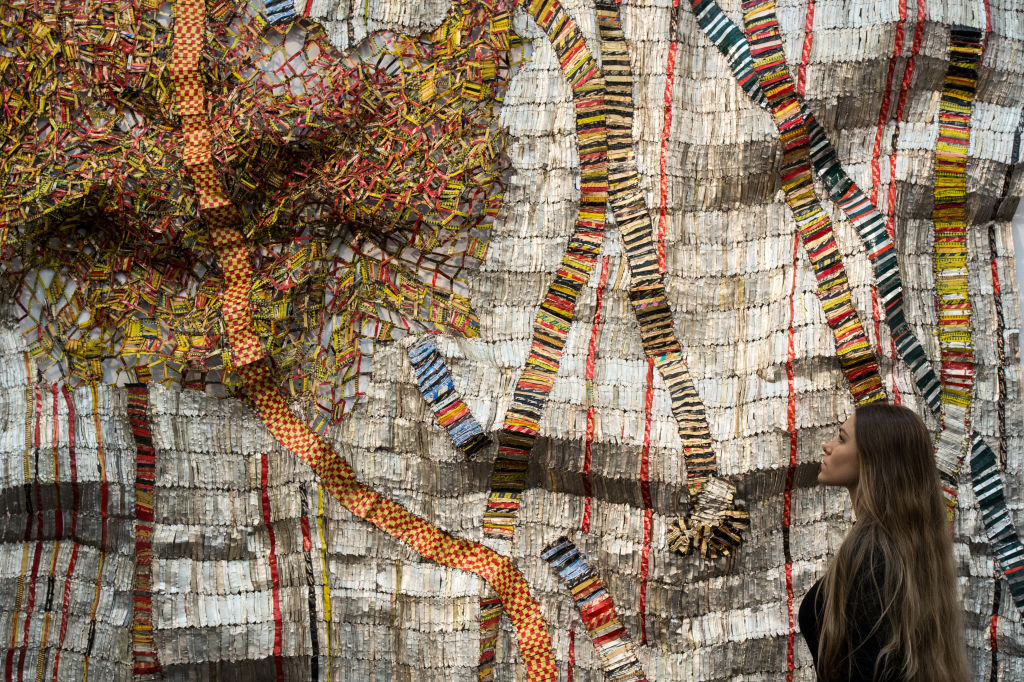
LONDON, ENGLAND – MAY 12: A Sotheby’s employee poses next to Earth Developing More Roots by El Anatsui, estimated at £650,000-£850,000, during a press call for an inaugural sale of modern and contemporary African art at Sotheby’s. (Photo by Chris J Ratcliffe/Getty Images Sotheby’s)
“Anatsui’s much-loved Ink Splash II 2012 [a bottle top work made with copper wire] in Tate’s collection enchants visitors wherever it’s shown, and we can’t wait to see how this inventive artist will approach a space like the Turbine Hall,” said Tate Modern’s director, Frances Morris.
Having been born in Anyako, southeast Ghana, in 1944, Anatsui moved to Nigeria in 1975. He started teaching art at the University of Nigeria before becoming a professor of sculpture.

